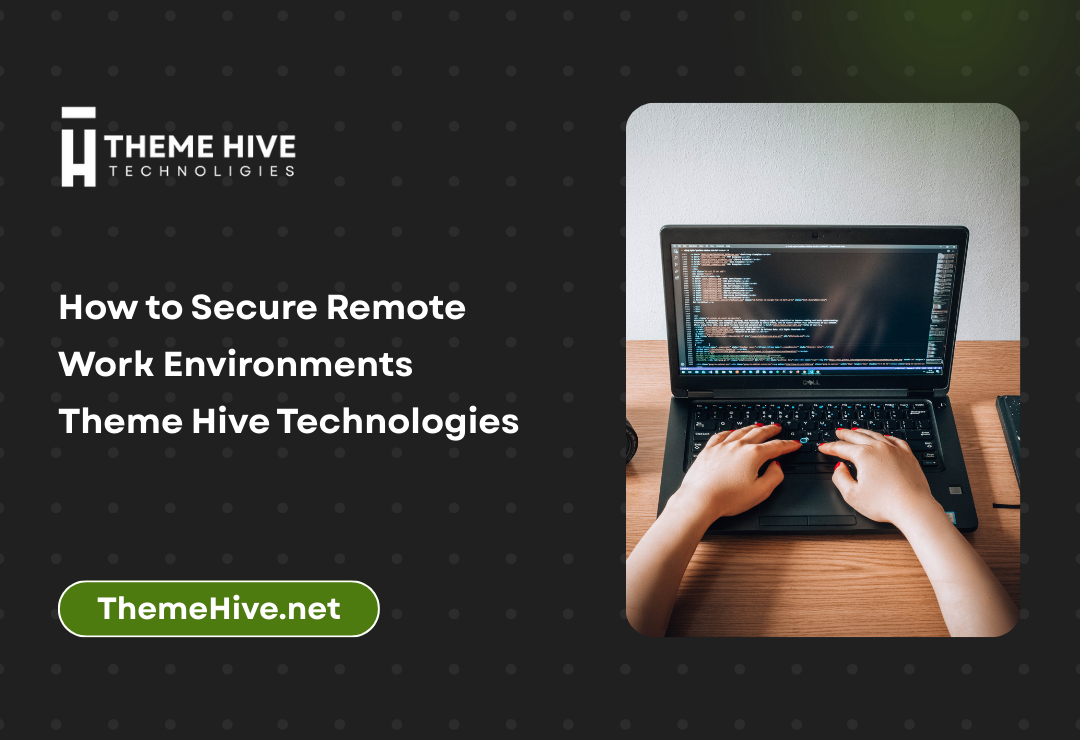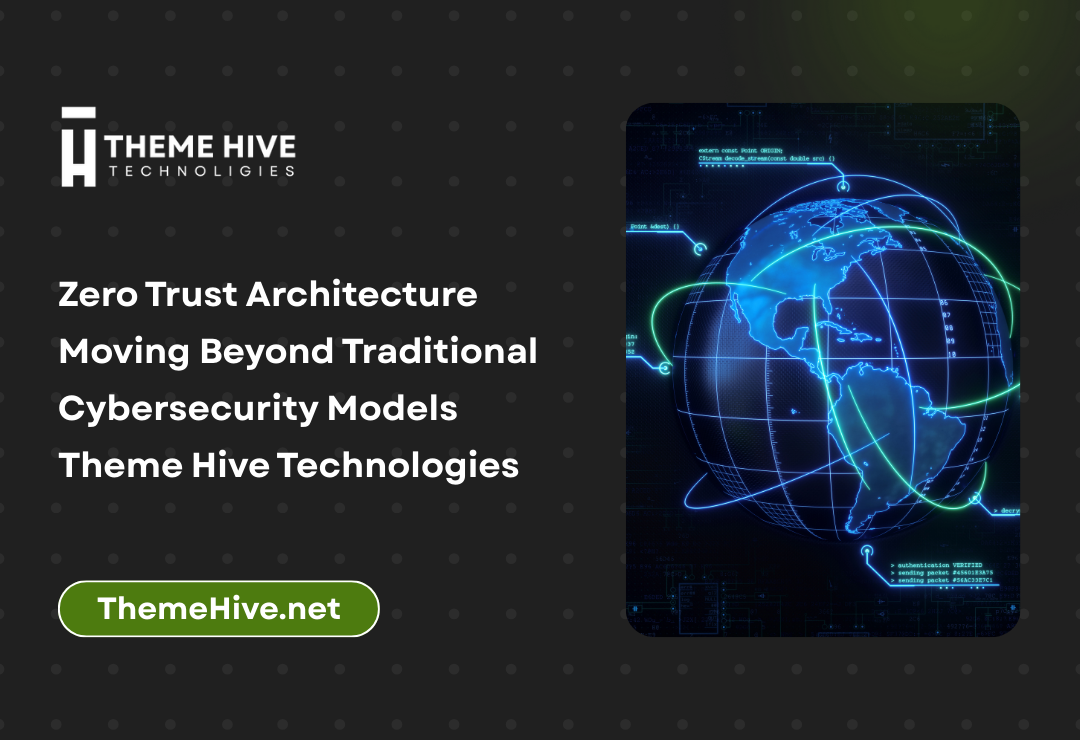The rise of remote work has reshaped modern business operations, offering flexibility, cost savings, and access to global talent pools. However, this transition also introduces a wide array of cybersecurity challenges. Companies that adopt remote work models must take proactive steps to protect sensitive data, defend against cyberattacks, and ensure compliance with industry regulations. Without proper safeguards, businesses leave themselves vulnerable to threats such as phishing, ransomware, identity theft, and insider risks. This article provides a comprehensive guide on how to secure remote work environments, highlighting strategies, tools, and best practices that every organization should adopt.
Understanding the Risks of Remote Work
Before implementing solutions, it is critical to identify the risks that remote work environments face:
- Phishing Attacks – Cybercriminals exploit remote employees by sending deceptive emails that trick them into disclosing sensitive information or downloading malicious files.
- Weak Passwords – Remote workers often reuse simple or compromised passwords, creating easy entry points for hackers.
- Unsecured Wi-Fi Networks – Employees working from cafes, airports, or home networks may expose company data to interception if not properly secured.
- Personal Device Usage – Without a secure device management policy, personal laptops or smartphones can introduce malware into the company network.
- Insider Threats – Disgruntled employees or careless actions can lead to unauthorized data access and leaks.
- Lack of Monitoring – IT teams may struggle to oversee remote employees’ devices and connections, leading to blind spots in cybersecurity.
Understanding these vulnerabilities is the first step toward implementing robust remote work security practices.
Core Strategies to Secure Remote Work Environments
1. Enforce Strong Authentication
- Use Multi-Factor Authentication (MFA) to add an extra layer of security beyond passwords.
- Encourage employees to use password managers to generate and store complex passwords.
- Implement Single Sign-On (SSO) systems for secure and seamless login experiences.
2. Secure Remote Devices
- Deploy Mobile Device Management (MDM) tools to enforce security configurations.
- Require full-disk encryption on laptops and workstations.
- Regularly update operating systems and applications to patch vulnerabilities.
3. Protect Network Access
- Require employees to use Virtual Private Networks (VPNs) for secure access.
- Enable Zero Trust Network Access (ZTNA) to ensure identity-based access rather than relying solely on location or device.
- Block unauthorized IP addresses and set up firewall rules for additional protection.
4. Establish Cloud Security Controls
- Adopt a cloud access security broker (CASB) to monitor and enforce security policies across cloud services.
- Encrypt all cloud-based data in transit and at rest.
- Implement role-based access control to limit user permissions.
5. Train Employees in Cybersecurity Awareness
- Conduct regular training on phishing detection, password hygiene, and safe browsing habits.
- Simulate phishing attacks to test and reinforce awareness.
- Foster a culture of cybersecurity responsibility.
6. Data Protection and Backup
- Automate backups of all critical business data.
- Store backups in multiple secure locations (on-premises and cloud).
- Test backup restoration processes regularly to ensure readiness.
7. Monitoring and Incident Response
- Deploy endpoint detection and response (EDR) solutions.
- Implement Security Information and Event Management (SIEM) systems for centralized monitoring.
- Create an incident response plan that outlines steps to contain, investigate, and recover from security breaches.
Best Practices for Securing Remote Collaboration Tools
Collaboration platforms such as Microsoft Teams, Zoom, and Slack are essential for remote work but can also pose risks if not secured properly:
- Require MFA for all collaboration accounts.
- Restrict file-sharing to authorized users only.
- Monitor chat and video sessions for suspicious activity.
- Regularly update and configure privacy settings.
- Integrate collaboration platforms with enterprise security systems.
Compliance Considerations for Remote Work Security
Organizations must also ensure compliance with data protection and industry regulations:
- GDPR (General Data Protection Regulation) – Companies handling EU customer data must implement strict privacy and consent measures.
- HIPAA (Health Insurance Portability and Accountability Act) – Healthcare organizations must secure electronic health records (EHRs).
- PCI DSS (Payment Card Industry Data Security Standard) – Businesses processing card payments must secure financial transactions.
- ISO/IEC 27001 – Provides international standards for information security management systems.
Compliance not only prevents legal penalties but also enhances customer trust and corporate reputation.
Case Studies: Securing Remote Work in Practice
Case Study 1: A Financial Services Firm
A mid-sized financial firm implemented MFA, VPNs, and endpoint monitoring. Within six months, phishing-related incidents dropped by 70%.
Case Study 2: A Healthcare Provider
A healthcare organization adopted HIPAA-compliant video conferencing platforms and encrypted all patient communications. This ensured compliance while improving patient care.
Case Study 3: A Technology Startup
A growing startup deployed Zero Trust architecture, enforcing access restrictions and device validation. As a result, insider risks decreased significantly.
These real-world cases highlight the tangible benefits of adopting comprehensive security measures for remote work.
The Role of IT Departments in Securing Remote Work
The IT team plays a pivotal role in securing remote environments:
- Conduct regular risk assessments.
- Implement patch management policies.
- Provide technical support for VPN, MFA, and cloud tools.
- Monitor system logs for unusual activity.
- Review access rights periodically and revoke unnecessary permissions.
By being proactive, IT departments ensure business continuity and resilience.
Leveraging Advanced Security Technologies
Businesses can further strengthen remote work environments by adopting advanced solutions:
- Artificial Intelligence (AI) and Machine Learning (ML) – Detect unusual behaviors and anomalies.
- Behavioral Analytics – Identify suspicious login patterns.
- Biometric Authentication – Use fingerprint or facial recognition for added protection.
- Secure Access Service Edge (SASE) – Combine network and security functions in a unified framework.
- Blockchain for Security – Enhance data integrity and transparency.
These emerging technologies provide stronger defenses against evolving cyber threats.
Building a Culture of Security in Remote Teams
Technology alone cannot secure remote work environments. Employee behavior and organizational culture are equally important:
- Encourage employees to report security incidents without fear of punishment.
- Recognize and reward employees who follow cybersecurity best practices.
- Conduct regular security check-ins during team meetings.
- Share updates on emerging threats to keep employees informed.
A strong security culture empowers employees to act as the first line of defense.
Future of Remote Work Security
The future of remote work will be shaped by evolving threats and technological advancements:
- Hybrid work models will require flexible security frameworks.
- More organizations will adopt Zero Trust as a standard.
- AI-driven threat detection will become mainstream.
- Cybersecurity insurance will gain importance as businesses seek financial protection.
- Collaboration between governments, industries, and cybersecurity firms will strengthen global defenses.
Businesses that embrace these trends will be better prepared to handle tomorrow’s challenges.
Conclusion
Securing remote work environments is no longer optional; it is a necessity in today’s digital landscape. By implementing strong authentication, device security, cloud controls, employee training, and advanced monitoring systems, organizations can protect sensitive data and maintain operational efficiency. Compliance with industry standards further strengthens resilience. Beyond technology, fostering a culture of cybersecurity ensures that employees remain vigilant and proactive. As remote work continues to evolve, businesses that prioritize security will build trust, reduce risks, and achieve long-term success.
Internal Links
- Theme Hive Homepage
- About Theme Hive
- Theme Hive Services
- Theme Hive News & Articles
- Contact Theme Hive







